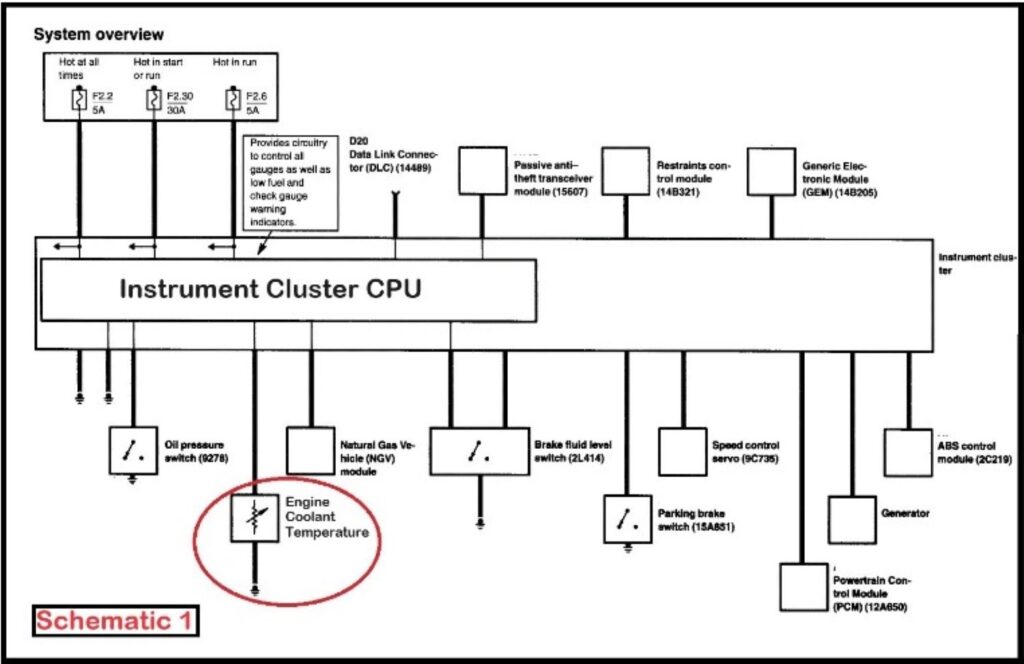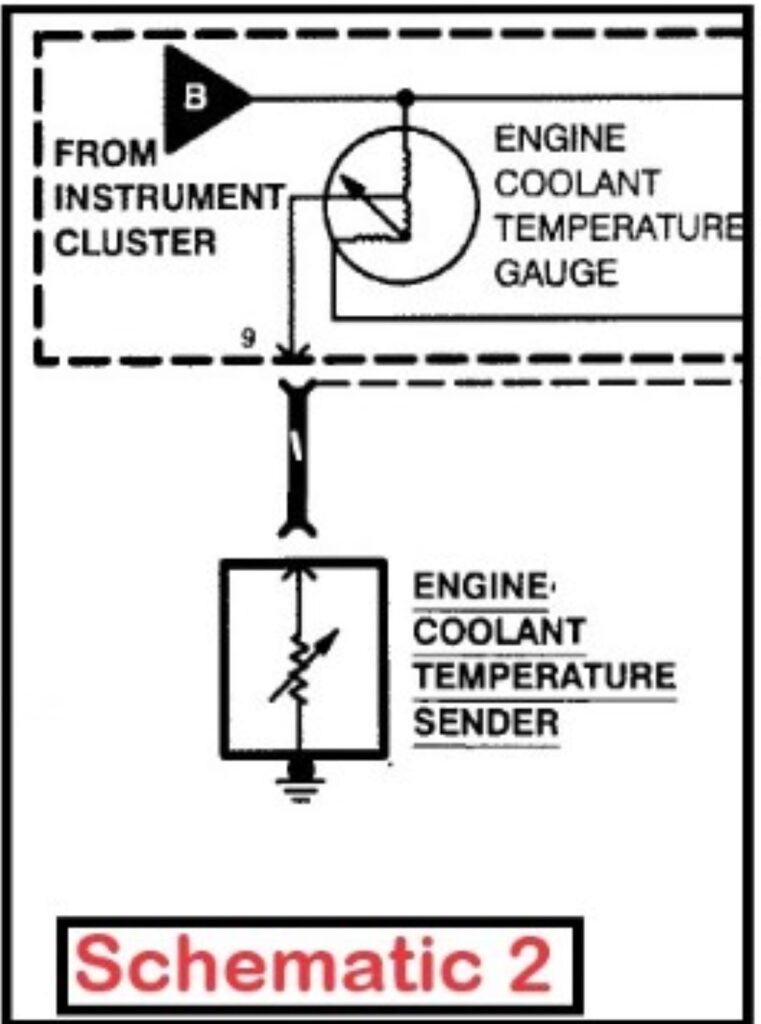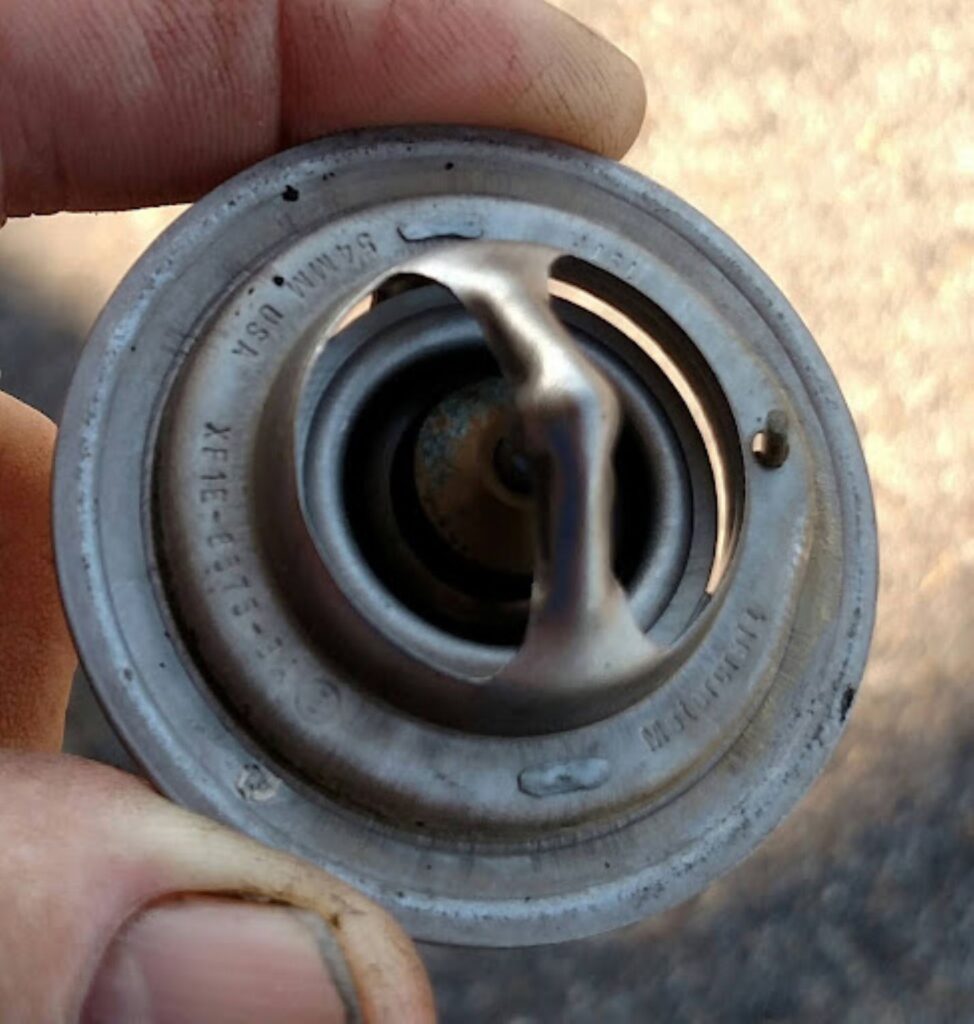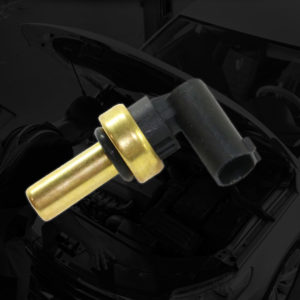As the only indicator of your engine’s temperature, your temperature gauge is one of the most important features on your dashboard.
If it stops working, you won’t know if your engine is too hot, which can cause engine damage that can be costly to repair.
Addressing this issue head-on can save your engine and some money as well. Here are some helpful tips on how to fix a temperature gauge that isn’t working:
Take Necessary Safety Precautions
Before we get down to business, you have to take the necessary safety precautions first. This means wearing protective gear like a mask, gloves, and safety goggles. Keep your skin protected by wearing a long-sleeved shirt and long pants.
Prepare All Your Tools
Save yourself the trouble of looking for your tools by having them all on hand before you begin. To fix your temperature gauge, you’ll likely need the following tools:
- Wrenches
- Screwdrivers
- Pliers
- OBD2 Scanner
- Drain pan or bucket for the coolant
Depending on the culprit behind your car temperature gauge not working, you might need a new temperature sensor, thermostat, or coolant.
Find the Culprit Behind the Faulty Temperature Gauge
To fix your faulty temp gauge, you’ll have to ask yourself, “Why is my temperature gauge not working?” Obviously, you need to define this issue before looking for a solution to it. A different issue will have a different solution, so it’s best to first figure out what the culprit is before trying to replace any parts. Here are some common causes why your temp gauge is not working:
Coolant Temperature Sensor Issue
One possible culprit behind a faulty temp gauge is the engine coolant temperature sensor itself or its circuit. You can typically find it near the thermostat by the base of the radiator, where it can get dirty and fail. But it isn’t in the same place on every engine, so find out where yours is before you choose some other sensor and work on the wrong one.
To check if the CTS is the issue, use your scan tool (you’ll need one that has the option to talk to the instrument cluster) to check if it’s providing live temperature readings. If it doesn’t throw back any readings, then you’ll have to replace it.
Depending on the system, some mechanics will bypass the sensor with a single small strand of wire between the two terminals and watch to see if the gauge goes all the way to hot, or they’ll insert resistance with a suitable potentiometer, watching the scan tool and the dash gauge to see if the readings will agree as the resistance is manipulated. This is a good method.



Replacing the CTS can be a time-consuming process that involves draining the coolant if the sensor is mounted low on the engine. But if it’s on top of the engine, you just need to wait until the engine cools and replace it. If you aren’t 100% sure it’s the reason behind your faulty temp gauge, don’t be afraid to ask a mechanic for help.
Faulty Thermostat
If your CTS is fine, then you might be dealing with a thermostat that’s stuck open or closed.

Air in the Coolant System
Air in the cooling system can also cause your temperature gauge to throw inaccurate readings. When air enters the system through the radiator hoses, it can pool near the sensor or thermostat, affecting the temperature gauge readings and the overall efficiency of your cooling system.
Damaged Instrument Cluster
If the culprit isn’t the CTS, thermostat, or trapped air, then the issue might be the temperature gauge itself.
The gauge can be checked by substituting appropriate resistance and watching the needle, even if the cluster isn’t scan tool friendly. If you find that the gauge reads right with the proper resistances inserted between the sensor signal wire and ground, you know it isn’t the gauge. If the gauge needs to be replaced, usually the entire cluster will need replacing on most vehicles, although some have separate gauge units that can be purchased.
If you aren’t 100% confident about removing the temp gauge by yourself, it’s best to ask a mechanic for help.

Gauge Problems or Something Deeper?
Find out how your gauge gets its input before you do anything else.
To illustrate: the coolant temperature gauge, if it’s not reading the way it once did, the gauge may just be telling the truth. For example, if it used to run in the center of the normal range but now it runs at the bottom of that range or below it, the engine may be running too cold, which would point toward a possible thermostat issue, particularly if you notice a loss of cabin heat in colder weather.
A healthy engine should run just over 200 degrees. If it runs much cooler than this, the PCM will throw a P0128 or a P0125 code, pointing to the engine thermostat, so watch for this.
Usually, the ECT gauge reads from a different sensor than the fuel injection computer (PCM), but not always. Sometimes the PCM reports the temperature to a network and the instrument cluster receives engine temperature information that way.
What Is a Temperature Gauge?
As its name suggests, a temperature gauge displays the current temperature of your vehicle’s coolant. Temperature gauges on most cars read cold, normal, or hot, but some also display degrees.
What Is the Normal Temperature Gauge Reading?
A normal temp gauge reading can vary depending on your vehicle’s year, make, and model. However, if all is well, your temperature gauge should read somewhere in the middle. This means your coolant shouldn’t be too hot or too cold.
If you live somewhere hot, your temp gauge can sometimes read slightly higher than normal, especially if you often drive in stop-and-go traffic. Towing a trailer, carrying heavy cargo, and blasting the air conditioner can also cause your coolant temperature to rise. However, as long as your temp gauge doesn’t read too hot, then it should be fine.
How Does a Temperature Gauge Work?
The design can vary from vehicle to vehicle, but most temperature gauges work with the help of a sensor in the thermostat housing. This sensor is exposed to coolant flow, and it sends a signal that corresponds to the current temperature back to the temp gauge.
Can You Drive With a Faulty Temperature Gauge?
Without a working temperature gauge, you won’t know if your engine temperature is normal or too hot. An overheating engine can cause permanent damage, leading to a pricey repair bill.
Enjoy Fast Shipping on Your New Temperature Gauge
While you can still drive with a faulty temperature gauge, it’s not a good idea. Without accurate readings from the gauge, you might overstress the engine, causing additional problems. Instead, order a replacement temperature gauge from CarParts.com and enjoy fast delivery of your new part.
When you order a temperature gauge from CarParts.com, your part ships from the nearest distribution center to your doorstep. It can reach you in as fast as two business days if you live in the continental US and order before noon ET. There’s no need to leave the comfort of your home to get a replacement temperature gauge. You can find a compatible one and order it on your phone with just a few taps. Visit our website and enter your vehicle’s details into our search engine to find the best temperature gauge available.
Repair your vehicle with a replacement temperature gauge from CarParts.com. Exclusively sourced from trusted brands, our temperature gauges have factory-issue performance, so order one today and enjoy quality parts!
Any information provided on this Website is for informational purposes only and is not intended to replace consultation with a professional mechanic. The accuracy and timeliness of the information may change from the time of publication.

































